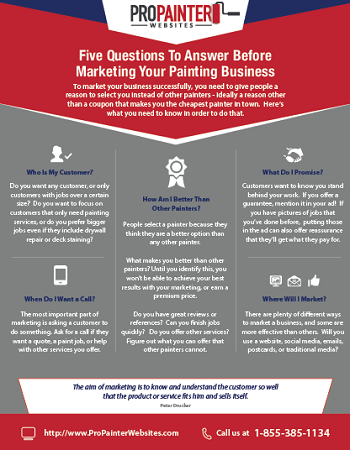Discover How Seasonal Aspects Affect Industrial Exterior Painting Success And Uncover The Best Times To Make Sure Enduring Results For Your Task
Discover How Seasonal Aspects Affect Industrial Exterior Painting Success And Uncover The Best Times To Make Sure Enduring Results For Your Task
Blog Article
Post Developed By- painting houses near me
When you're intending an industrial external paint project, seasonal variables can make or break your results. You'll wish to consider just how temperature level and humidity influence paint application and drying out times. Picking the appropriate period can guarantee your paint adheres appropriately and lasts longer. However which periods are truly the very best for this sort of job? Let's discover the key elements that can affect your job's success.
The Influence of Temperature Level on Paint Application
When you're preparing a business external painting task, the temperature level can considerably affect exactly how well the paint adheres and dries.
Ideally, you want to repaint when temperature levels vary in between 50 ° F and 85 ° F. If it's also cool, the paint might not treat effectively, causing issues like peeling off or fracturing.
On the other hand, if it's as well hot, the paint can dry out as well quickly, preventing correct adhesion and leading to an unequal surface.
You should also think about the time of day; early morning or late afternoon uses cooler temperatures, which can be more desirable.
Constantly check the manufacturer's suggestions for the certain paint you're utilizing, as they usually give assistance on the perfect temperature variety for ideal results.
Humidity and Its Result on Drying Times
Temperature level isn't the only ecological factor that affects your commercial outside paint task; moisture plays a significant role also. High moisture levels can decrease drying times drastically, impacting the overall high quality of your paint work.
When the air is filled with dampness, the paint takes longer to treat, which can result in concerns like poor attachment and a greater danger of mold growth. If interior painting contractor on an especially moist day, be planned for extended delay times in between coats.
It's important to check regional weather and strategy accordingly. Ideally, aim for moisture degrees between 40% and 70% for ideal drying out.
Keeping these consider mind guarantees your project stays on track and supplies an enduring finish.
Best Seasons for Commercial Exterior Painting Projects
What's the very best time of year for your commercial exterior painting tasks?
Spring and very early autumn are commonly your best choices. Throughout these seasons, temperature levels are light, and moisture degrees are frequently reduced, producing optimal problems for paint application and drying out.
Avoid summer's intense heat, which can create paint to dry as well promptly, leading to inadequate adhesion and coating. In a similar way, winter season's cold temperature levels can prevent proper drying and curing, risking the longevity of your paint task.
Aim for days with temperatures between 50 ° F and 85 ° F for optimum results. Keep in mind to inspect the neighborhood weather forecast for rain, as wet problems can ruin your job.
Preparation around these aspects guarantees your painting task runs efficiently and lasts longer.
Verdict
In conclusion, intending your business external painting tasks around seasonal factors to consider can make a substantial distinction in the end result. By organizing work during the ideal temperatures and moisture degrees, you'll guarantee better adhesion and drying out times. Remember to watch on regional weather report and pick the right time of year-- spring and early fall are your best choices. Taking these actions will certainly help you achieve a long lasting and professional finish that lasts.
